Description
Mangal Pandey was a pivotal figure in Indian history, not just for his actions, but for the ripple effect they created. Here’s a deeper dive into his life and legacy:
Early Life and Military Service:
- Born in 1827 in Nagwa, Uttar Pradesh, into a high-caste Brahmin family, Mangal Pandey joined the Bengal Army of the British East India Company in 1849.
- He served as a sepoy (infantryman) in the 34th Bengal Native Infantry regiment, stationed at Barrackpore cantonment near Kolkata.
The Triggering Event:
- In 1857, the introduction of the new Enfield rifle with greased cartridges fueled discontent among sepoys. Rumors spread that the grease contained cow and pig fat, religiously offensive to both Hindus and Muslims.
- On March 29, 1857, in a moment of defiance, Mangal Pandey attacked and wounded two British officers. He then called upon his fellow sepoys to rebel against the British.
Aftermath and Legacy:
- Although Mangal Pandey’s rebellion was quickly suppressed, his actions sparked the Indian Rebellion of 1857, also known as the Sepoy Mutiny. This major uprising challenged British rule across much of India and paved the way for the eventual Indian independence movement.
- Though Mangal Pandey was sentenced to death and hanged on April 8, 1857, his act of defiance became a symbol of resistance and inspired others to join the rebellion. He is seen as a martyr and a hero in India, often portrayed as a courageous figure who dared to challenge the powerful East India Company.
- His story highlights the tensions and grievances brewing within the sepoy ranks regarding religious sensibilities, cultural practices, and overall discontent with British rule.
Controversies and Complexities:
- While Mangal Pandey’s role in igniting the rebellion is undisputed, his motives and the extent of his planning remain under debate. Some interpretations portray him as a revolutionary leader, while others view him as an impulsive individual reacting to immediate circumstances.
- Additionally, the portrayal of Mangal Pandey in different historical narratives and artistic renditions varies, adding layers of complexity to his legacy.
Mangal Pandey’s significance transcends a single act of rebellion. He represents the simmering discontent within the sepoy ranks, the fragility of British power in India, and the spark that ignited a wider uprising for independence. His story continues to resonate in India and inspire discussions about colonialism, resistance, and the fight for freedom.
About the Bengal Army sepoys at the time, we can make some informed inferences:
Typical Sepoy Attire:
- Uniform: As a sepoy in the Bengal Army, Mangal Pandey would have worn the standard uniform issued by the British East India Company. This consisted of:
- Turban: Typically white or red, depending on the regiment.
- Long coat: Made of coarse blue or brown wool, reaching down to the knees.
- White trousers: Loose fitting and gathered at the ankles.
- Leather shoes or sandals: Depending on the weather and terrain.
- Belt with cross-belts: Holding ammunition pouches and personal items.
Personal Touches:
- While the uniform was standardized, there might have been some room for personal touches or variations. Depending on his caste and background, Mangal Pandey might have worn specific religious items like bangles or necklaces.
- Some sepoys were also known to customize their uniforms with decorative elements like embroidery or buttons, although this might have been less common due to regulations.
Specific to the Event:
- On the day of his rebellion, Mangal Pandey reportedly wore his uniform but allegedly stripped off his cartridge pouch, signifying his defiance and refusal to use the controversial cartridges.
- Beyond this detail, there’s little information about his attire on that specific occasion.
Overall Significance:
- Mangal Pandey’s clothing likely reflected his identity as a sepoy within the larger context of the British military. The uniform symbolized his role and affiliation, while any personal touches might have hinted at his individual background or preferences.
- However, it’s important to remember that his act of rebellion and the subsequent events had far greater significance than his attire. His defiance transcended the limitations of clothing and became a potent symbol of resistance against colonial oppression.
While the specifics of Mangal Pandey’s clothing remain uncertain, understanding the general uniform and potential variations provides a glimpse into his life and context as a sepoy. Ultimately, his legacy endures not for what he wore, but for the courage and defiance he displayed in the face of injustice.
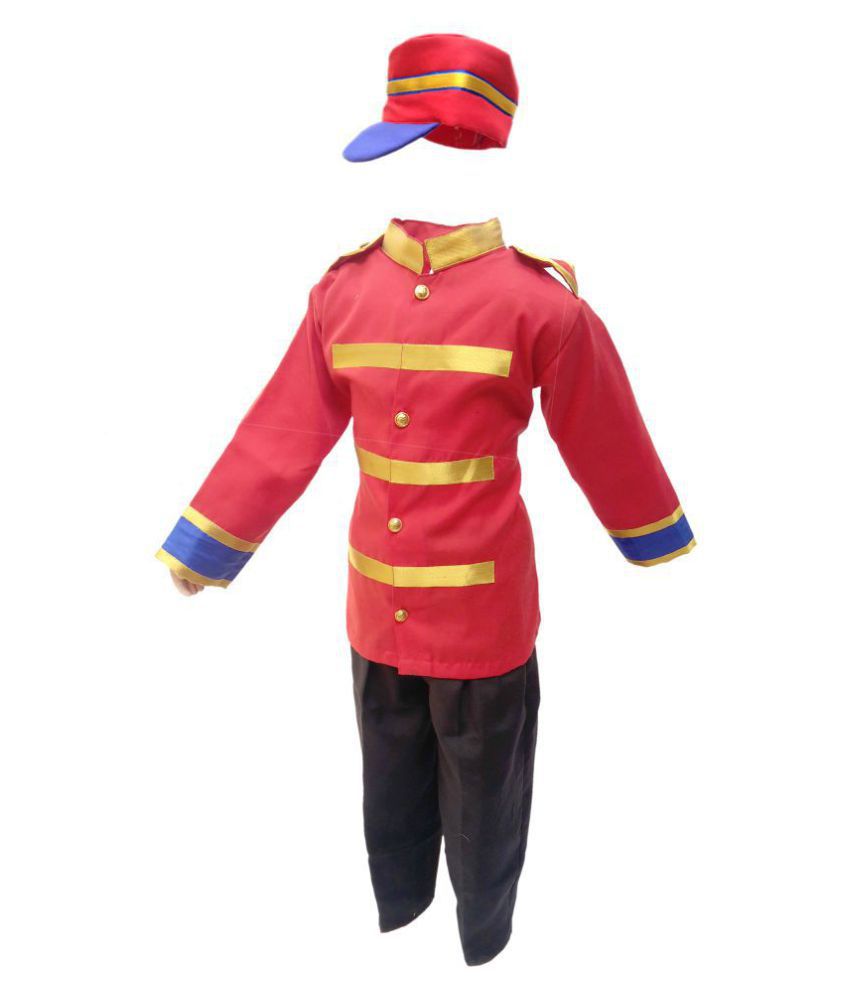
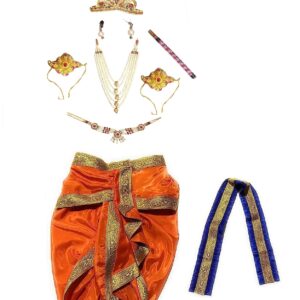
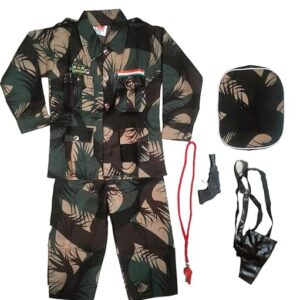
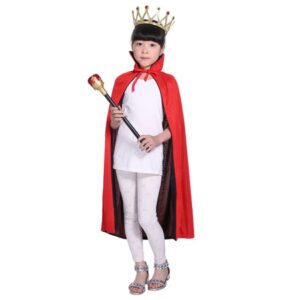
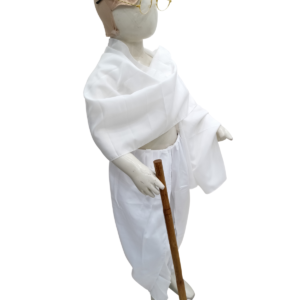
Reviews
There are no reviews yet.